Hydroponics vs soil is a debate that has raged among growers since hydroponics was first pioneered in the mid-20th century. While growers on both sides have very strong opinions, the truth is that there is no objectively “best” way to grow cannabis and which system is right for you is a decision that only you can make.
To give as even and comprehensive of a view as possible, I’ll start by going over the benefits of soil both and hydroponics in general. Afterwards, I’ll go into a bit more depth about how the two stack up in the categories of cost, speed, ease, control, and yield and give you my pick for who wins. I’m not trying to argue for or against either growing medium. Instead, this guide is all about helping you make the most informed decision for your next grow.
One final note before diving into things; this is all true for both seeds and clones. Whether you’re growing cannabis from cuttings or directly from a seed, everything in this article holds true.
Soil
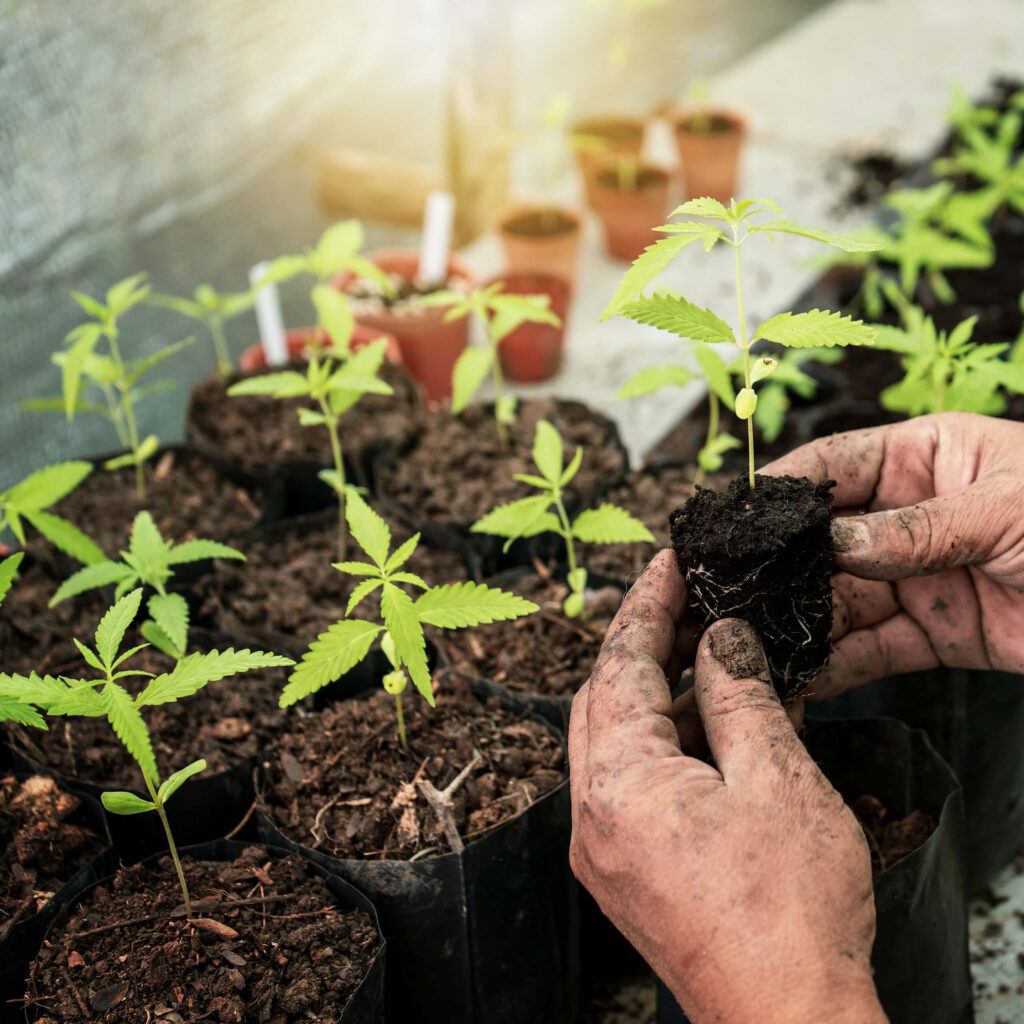
Soil is the default way of growing any plant and cannabis is no exception. At the end of the day, all you really need to grow a plant is dirt, water, and light. In fact, for all of human history up until around the 1980s, this was the only viable way of growing plants. Take it from me, if you’re looking for the most reliable, no-nonsense way to grow cannabis, you can’t beat soil.
Benefits of growing cannabis in soil
- The upfront and ongoing expenses of growing in soil are generally lower than hydroponics.
- Growing in soil is much easier and more forgiving; particularly for less experienced growers.
- Soil is the most “natural” way to grow any plant.
- Many growers claim that the flavour and aroma of soil-grown cannabis is superior to hydroponics.
Hydroponics
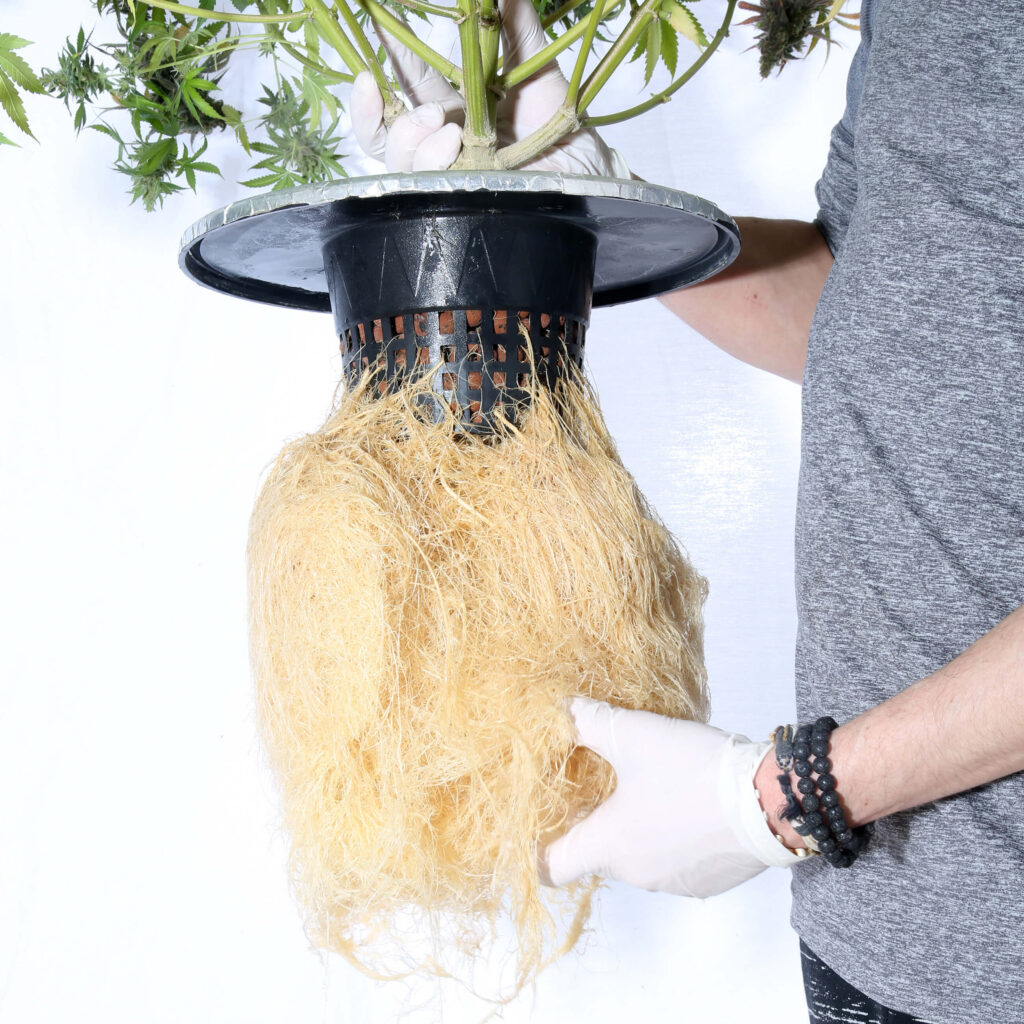
If growing in soil is all about communing with nature and flexing your green thumb, then growing in hydroponics is all about running continuous experiments to perfect your recipe. If you’re the type of person who wants to have complete control over every aspect of your grow, then hydroponics might be for you.
It’s also worth mentioning that there are multiple styles of hydroponics with ebb/flow and deep water culture being the most common. Here, I’ll be assuming that you’re using deep water culture (DWC) but check out our complete hydroponics guide for more information.
Benefits of growing cannabis in hydroponics
- Growing cannabis plants hydroponically is often considerably faster than soil.
- Hydroponics allows for a level of control and flexibility that soil simply cannot match.
- On average, hydroponic weed produce a greater yield.
- A lack of dirt means that your grow space is cleaner and less likely to harbour (certain) pests
Now, of course, there’s no perfect system and both of these do have considerable drawbacks that any growers will need to consider. In the next section, I’ll go over how these two compare head-to-head in five major categories; cost, speed, ease, control, and yield.
Comparing hydro vs soil: Costs
When comparing costs of growing, it’s important to split them into two categories; upfront costs and ongoing costs. The costs of growing cannabis can vary wildly depending on your setup. For the purposes of this comparison, I’ll be assuming a small-time at-home grower working with about 1.5m2 who is already in possession of things such as a grow tent, light, fans, etc. This is solely focused on the costs of the medium itself.

Upfront costs
Upfront costs of soil
To get set up for growing in soil, you need soil (obviously), pots, and nutrients. Each of these is individually fairly cheap in the quantities that many small-scale growers will need. While prices vary from shop to shop and country to country, an average cost breakdown for a new grower looks something like this:
- Soil: The single largest expense for growers is good, high-quality soil. If you’re growing four plants in 15-lite pots, then you’ll need 60 litres of soil (a bit more as the soil tends to compact after watering. A 50-litre bag of high-quality cannabis potting soil (or coco coir) runs around €20.
- Pots: Typically, growers opt for either plastic or fabric pots and most indoor growers are ideally looking for pots in the 11- to 23-litre range. These pots are all quite cheap and can often be found for only €1-€3 online. If you’re growing four plants, let’s call that €10.
- Nutrients: While many soils designed for cannabis cultivation come pre-loaded with some nutrients, you’ll still need to top them up whenever you water your plants. While estimating how quickly you’ll go through nutrients, you’ll need to consider how much water you plan on using in a given day/week.
Let’s again assume four 15-litre pots each growing a single plant with an estimated growing time of 13 weeks. While the volume of water needed each day varies throughout a plant’s lifetime, the average comes out to about 20% of the volume of soil in the pot; let’s call it three litres of water per day on average.
That means that throughout the entire 91 days of growing, you’d use (very roughly) 1,092 litres of water. Now, different brands of nutrients will require different amounts, but if you’re using a standard 3-part grow/flower/micro set, you’ll need about 8 ml of nutrients per litre of water. That comes out to just under nine litres of nutrients throughout the entire growth cycle. Let’s round that up to about €100.
Overall, to get the equipment you need for soil, you’ll spend about €130-€150.
Upfront costs of hydroponics
Hydroponics is a different beast entirely. To get started with DWC, you need buckets, growing medium, net cups, pumps, and nutrients.
- Buckets: Any opaque, lidded bucket will do as long as you can safely create a hole in the lid. Any home supply store should sell these for only around €5. However, if you’re using four separate buckets, you’ll also need four separate pumps which can get pricey.
Many DWC growers opt for a slight variant called recycled deep water culture (RDWC). This requires an extra bucket to serve as a primary reservoir from which all other buckets are filled and the water is constantly recycled. I’ll talk a bit more about this below but know that they require significantly more space and can cost up to €250 for a setup to grow four plants.
- Growing medium: Just because you’re not using soil doesn’t mean that you don’t need a medium. For hydroponics, inert clay pellets and Rockwool are the most popular and both are quite cheap. A 5-litre bag of clay pellets can be picked up for about €5 online and Rockwool cubes are only a few cents a piece.
- Net cups: These are what will hold your growing medium and allow the roots to dangle into the water. Individually, these are incredibly cheap and can be found for only a few cents online.
- Pumps: You’ll need both a good water pump and an air pump (or several of each if you’re not using RDWC) and these can add up quickly. On average, you should have a pump that can move all of the water 2-3 times per hour. So, going back to our hypothetical four plants each in a 15-litre bucket, you’ll need four pumps each capable of managing 30-45 litres per hour. A small pump like this can be picked up for under €10.
You’ll also need to make sure that you have an air pump for every pot as you need to oxygenate the water. Small air pumps also run about €10-€15. Though many larger ones can easily be powerful enough to run 2-4 buckets, these are also more expensive and can run in the €20-€30 range.
You’ll also want to keep an extra pump (or two) on hand in case of an emergency. Learn from my mistakes; when something goes wrong with a pump, it goes wrong spectacularly and quickly.
Add all of those up, and you’re looking at close to another €75-€100 for the pumps.
- Nutrients: Estimating nutrient usage for hydroponics is a bit easier than with soil as you know exactly how much water you’re going to need. Let’s again assume four 15-litre buckets for a total of 50 litres of water at a time (the buckets shouldn’t be completely filled and typically leaving the top 10% empty is ideal).
Unlike soil growing, hydroponics systems need to be completely flushed and refilled periodically. On average throughout a plant’s life, you’ll probably want to drain and replace the water once a week; less often at first but more frequently in late flowering. At 60 litres per week, you’ll need a total of just over six litres of nutrients throughout the grow. That comes out to around €75 in total.
In total, that all adds up to anywhere from €300-€500 to get started. While that’s a significant investment compared to soil, I’ve found that hydro is often cheaper than in the long run thanks to lower ongoing costs and higher yields.
Ongoing costs
Ongoing costs of soil
While fabric pots and soil are reusable to a degree, nutrients are not. On average, you’ll likely need to replace at least half of your soil after each grow, but your pots should last several harvests if properly cared for. Let’s assume about €110 on raw materials per subsequent harvest.
Ongoing costs of hydroponics
While the initial investment in equipment is significantly higher, the ongoing costs are reduced. Typically, plastic buckets last longer than fabric pots and inert clay pellets can be reused indefinitely (as long as you boil them between each use). With lower water and nutrient requirements, hydroponics can be more efficient in the long run. Once you have everything you need, each new grow will only cost you the price of nutrients; about €75.
Winner: Soil. While hydroponics are cheaper in the long run, it can take up to ten full harvests to see those savings. At 13 weeks per harvest, that’s about 2.5 years before the cost savings of hydro add up.
Comparing hydro vs soil: Speed
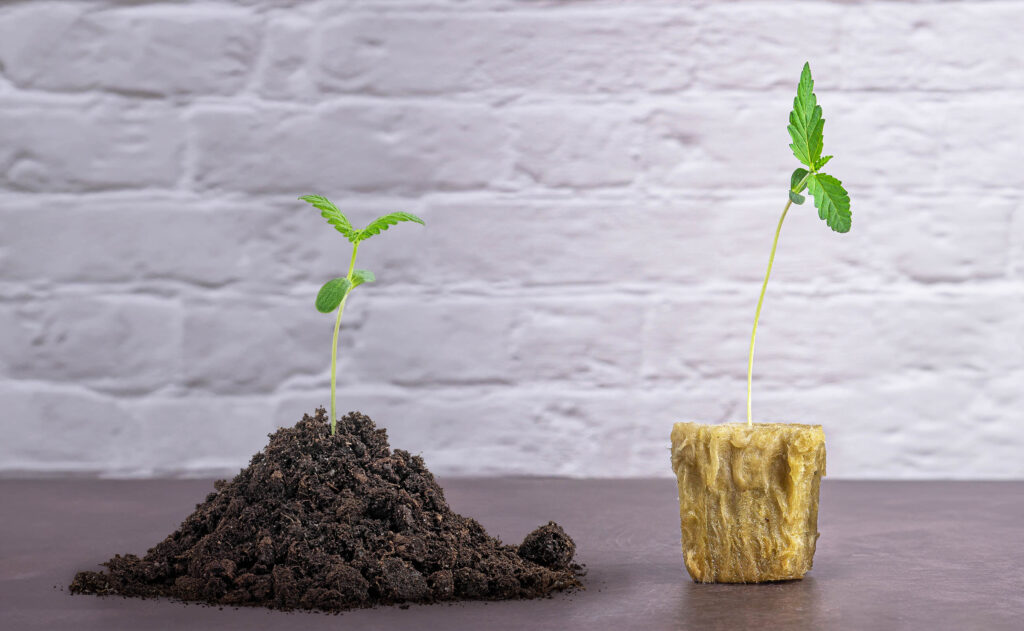
While the discussion about price is rather nuanced, the debate about speed is pretty cut-and-dry. Cannabis plants grown hydroponically develop much faster than those grown in soil. While the exact rate varies, many plants develop 30-50% faster in a hydroponic setup. Now, this doesn’t mean that flowering times are reduced, it simply means that plants will grow larger and faster. This can help speed up harvests by devoting less time to vegetating.
If your plants grow faster, they’ll get big enough to flower sooner. For example, a plant grown in hydroponics might grow large enough to flower after two or three weeks while one grown in soil could take four or five weeks to reach the same size. This means that you can flower your plants sooner and save time on each harvest.
As a note about autoflowering strains, these will flower at the same speed regardless of medium. However, cannabis plants grown in hydro typically grow larger and faster than those grown in soil.
Winner: Hydroponics. While it might only save you a week or two, that time can add up over a few harvests and can help offset the higher upfront costs of hydroponics.
Comparing hydro vs soil: Ease of cultivation
Again, there’s no competition here; soil is by far the easier way to grow cannabis. Setting up a bunch of water pumps, air pumps, pipes, and tubes is no small feat and regular maintenance on that many moving parts can quickly become overwhelming for even experienced growers. Soil, on the other hand, just needs a good light and a watering can.
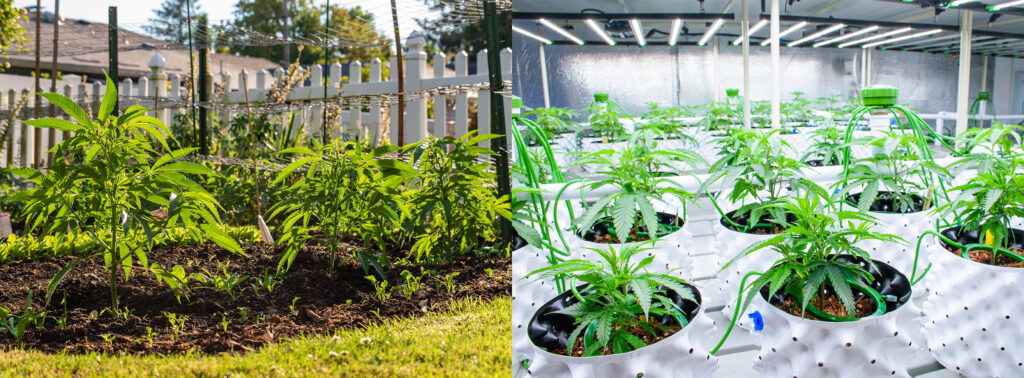
It’s also worth pointing out here that the risk of catastrophic system failure in hydroponics is never zero. All it can take is a single pump failing to cause an entire plant to die. When things go wrong in hydro, they go very wrong very quickly. Additionally, if you’re using an RDWC system, problems such as algae or root rot can quickly spread to every plant.
Winner: Soil. With so many things that can go wrong in hydroponics, it’s impossible to argue that it’s the easier method.
Comparing hydro vs soil: Control
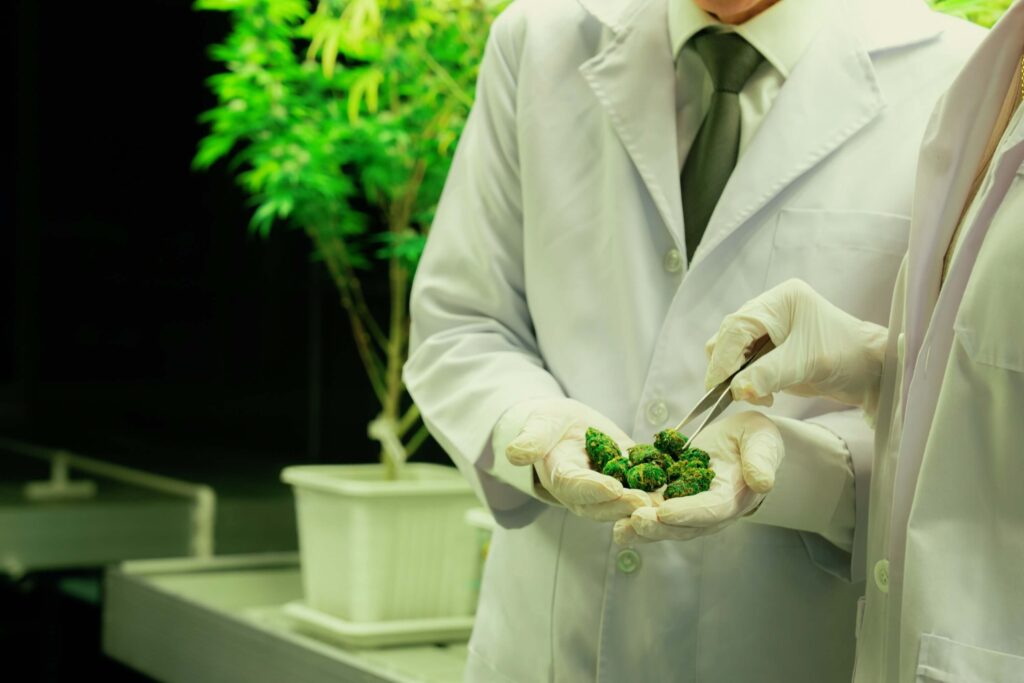
Hydroponics allows growers to monitor and adjust every aspect of the plant’s environment in real time. With soil, adjusting things like the pH, EC, or nutrient imbalances can take days or weeks. However, hydroponics systems can be completely flushed and refilled in (comparatively) no time at all. Being able to customise your plant’s environment is a powerful tool for experienced and dedicated growers.
Winner: Hydroponics. At the cost of increased complexity, hydro allows a level of control that soil simply can’t dream of matching.
Comparing hydro vs soil: Yield
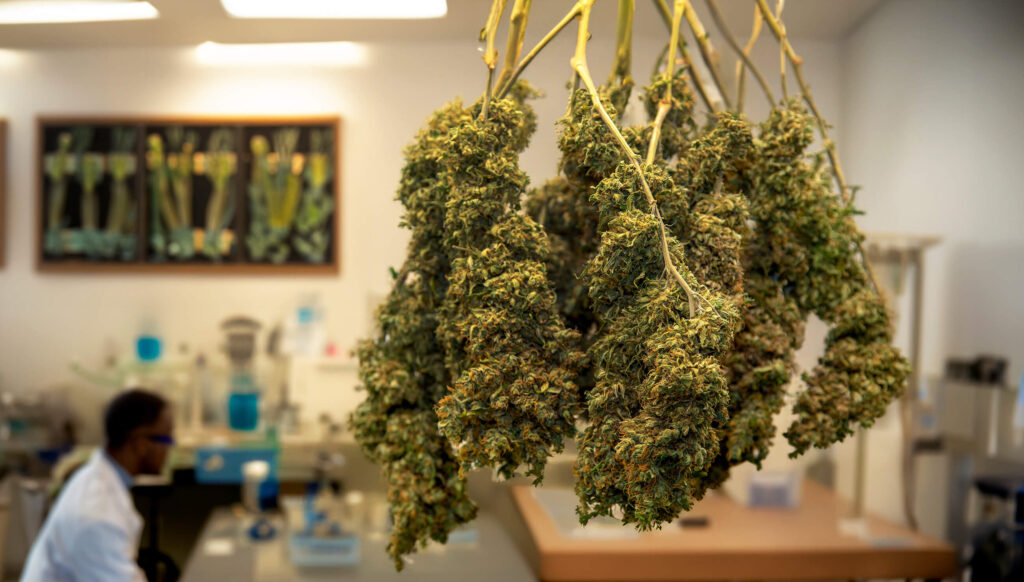
This one is less of a clear winner. No two seeds will ever grow exactly the same, no matter if they’re from the same mother plant and grown in identical conditions, there will always be differences. This makes direct comparisons difficult, but not impossible. Most seasoned growers who have experimented with both tend to agree that cannabis plants grown hydroponically have larger yields and higher THC content when compared to soil-based plants.
However, that’s only half of the story. Many growers argue that weed grown in soil have a fuller and more complex flavour profile thanks to the complex organic interactions which occur between the soil and the plant’s roots. While things like flavour are incredibly subjective, this belief persists even today.
Winner: Hydroponics. While we all want tasty buds, most home growers are more concerned with a larger yield. Additionally, it is possible to recreate those complex soil interactions in hydro with enough effort.
Rooting for hydro or sticking to soil?
As you can see, the debate between soil and hydroponics for growing weed is a complicated one with no clear winner. Which one you choose will depend on what you value out of a grow. If you’re interested in a no-nonsense, reliable harvest, you can’t beat soil. On the other hand, if your goal is to grow as much weed as quickly as possible and you’ve got some budget for the initial setup, then hydroponics is your best bet.
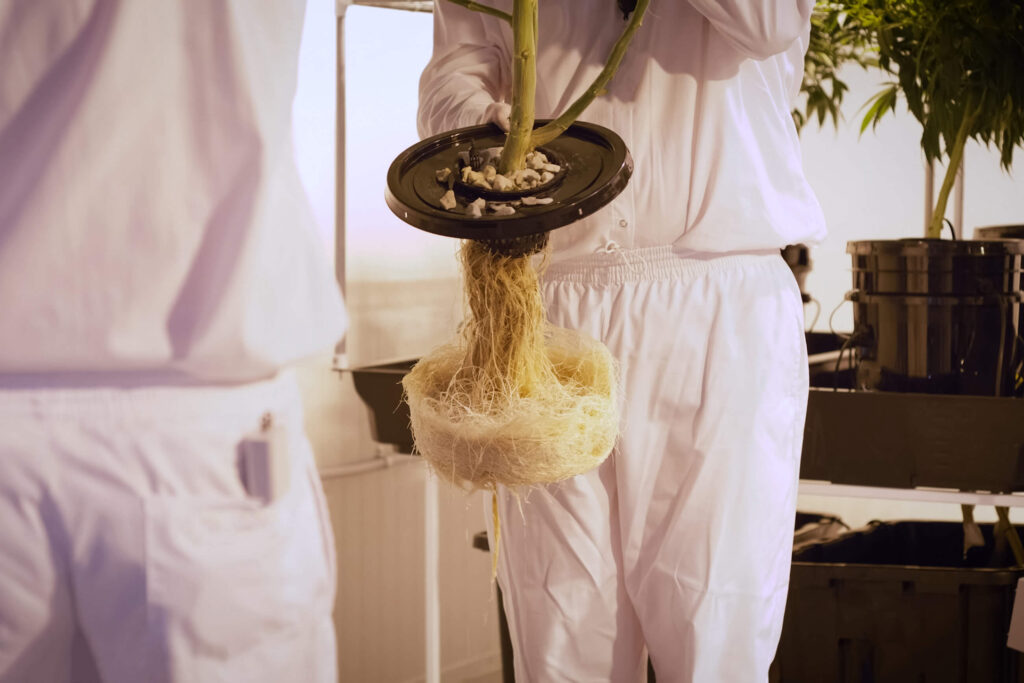
While hydro is more complicated, it’s not impossible for even newer growers. As a personal anecdote, I first learned how to grow weed hydroponically back in college when I had all the time in the world to play with it. It wasn’t until nearly 20 years later that I finally made the switch to soil. While I do prefer the level of control that hydro gave me, the ease of soil is a much better fit for my schedule these days.
But I want to hear from you. Tell us all about your first grow, or what caused you to want to switch mediums. Any advice that I missed? Let us know in the comments!
- Disclaimer:Laws and regulations regarding cannabis cultivation differ from country to country. Sensi Seeds therefore strongly advises you to check your local laws and regulations. Do not act in conflict with the law.






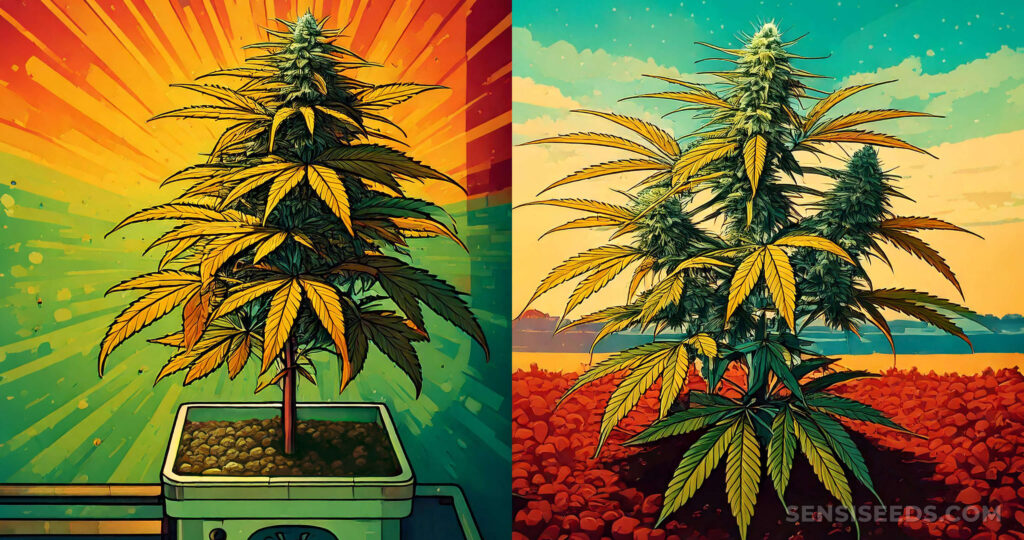
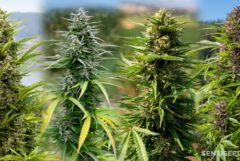
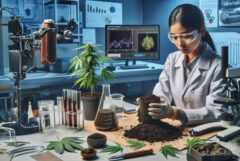

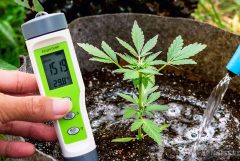

Hydro vs soil. Quantity vs quality .